In 2004, Phish called it quits and embarked on a summer tour that grossed nearly 23 million dollars in just 17 shows. Today, I’d like to share with you some of the reasons fans are so obsessed with this band, and some of the band’s musical approaches that keep us coming back for more, year after year.
Specifically, we’ll discuss:
- Techniques that Trey Anastasio uses to lead the band into different sections
- The layers of musical conversation between members of the band on stage
Billboard magazine said Phish’s touring efforts for 2004 cap one of the most remarkable chapters in the history of the concert business.“
When looking at average gross per show, the band managed to land in the # 4 spot in terms of gross revenue per concert, beating out Prince, Eric Clapton, and several other iconic acts.
Phish kicked off their “final” summer tour with two nights of mayhem in Brookyln, NY.
Even HOVA, himself, dropped by to lead killer versions of two of his biggest hits, “Big Pimpin'” & “99 problems.”
On the tour opener, June 17, 2004 in Coney Island the band played an incredible version of the song “Free,” that lasted about 10 minutes.
This song was written by Trey Anastasio and Tom Marshall and first debuted onstage on May 16, 1995 in Lowell massaschusetts.
Here’s a breakdown on the different sections of the song
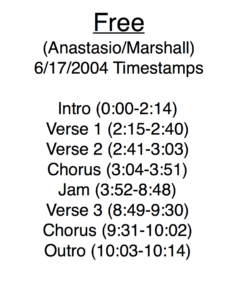
We can see that the jam takes up the biggest portion of the performance.
The jam is an undefined period of group improvisation, and an aspect that Phish has become absolutely legendary in. Neither the band nor the audience knows how long the jam is going to last, or where the music is going to go.
Let’s look where the jam actually does go:
At 3:52, the jam starts with a rhythmic motif, and this is something that is consistent every time this song is played.
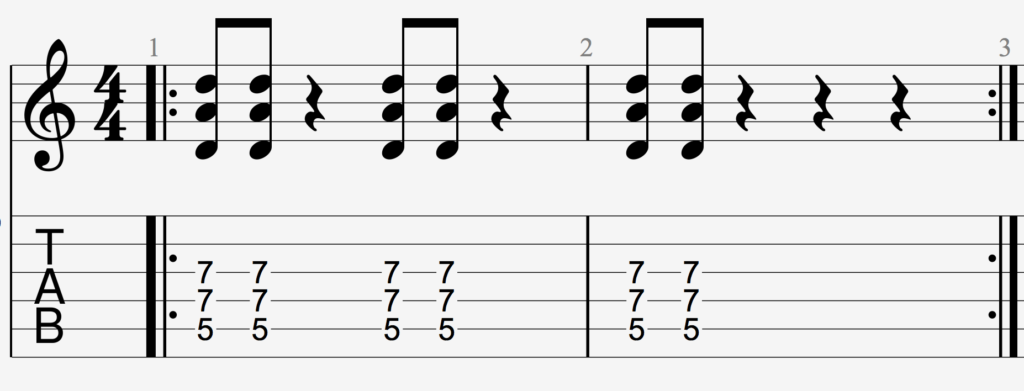
Every time the second measure comes around, Mike plays a fill, a short improvised fragment that fills in the space.
This morphs into an impromptu bass solo, where the rest of the band supports mike and lets him shine. This goes on for about a minute.
Fish then does a move I call “clearing the board”. He plays a drum fill that indirectly says, “ok guys, let’s move onto the next thing.” Trey immediately picks up on that, and then starts introducing the opening bars of his improvised guitar solo.
5:30 – Trey starts his guitar solo
6:40 – Trey Gives fish & page signal to drop out, so that he and Mike can play off each other. This looks like pure telepathy, but it’s a nonverbal signal that goes back to 1997, where the band was experimenting with this technique almost nightly.
This is commonly called a “start/stop” jam. Towards the end of this start/stop jam, Anastasio leaves a hole and plays an ascending phrase on the guitar, giving Fish the perfect launch pad to come back in on the drums.
At 7:00 – Fish comes back in and supports Mike and Trey as they continue to playfully battle.
At 7:23 – Page comes back in and quickly abandons the main theme. The rhythmic motif that we started the jam with, is now gone, and this catapults the improvisation into a completely new direction. Here, Trey physically takes a step forward into a different part of the stage.
This was not an accident – Trey has used this technique countless times as a literal signal to say “lets take the jam somewhere else.” And that’s exactly what happens. We’re starting to see a shift in the jam.
At 7:39 – Anastasio plays a beautiful lick with a hint of tension that signals that he wants to take the jam up a notch. After this lick, he spontaneously composes a theme and performs variations on it by adding embellishments and rhythmic displacements. The band can hear Trey develop this theme, and all of them are very carefully supporting him and watching where he’s going to take this new section.
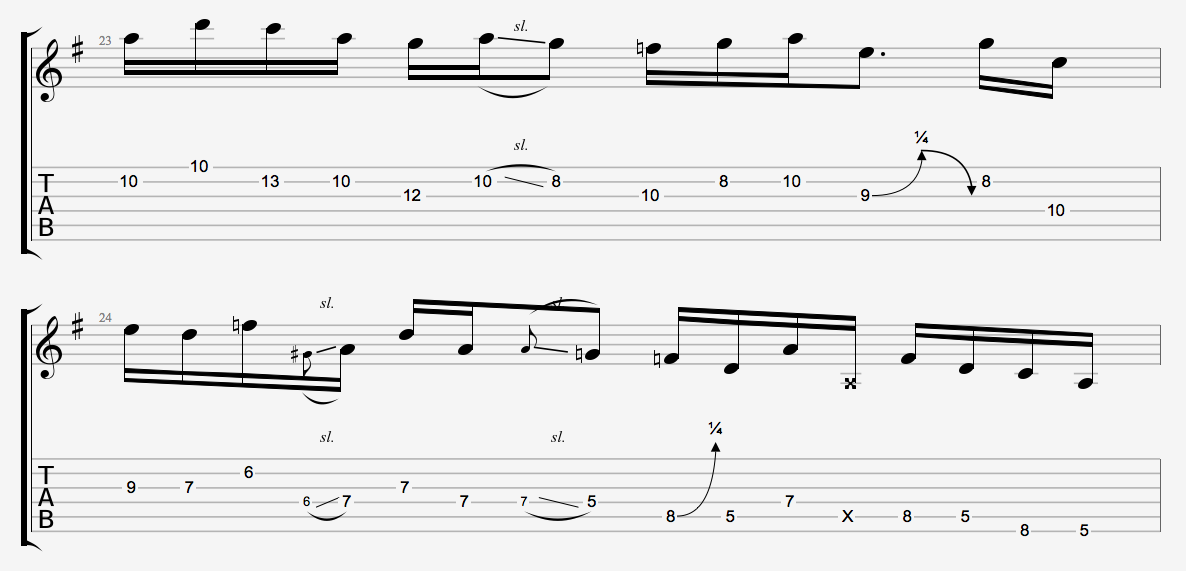
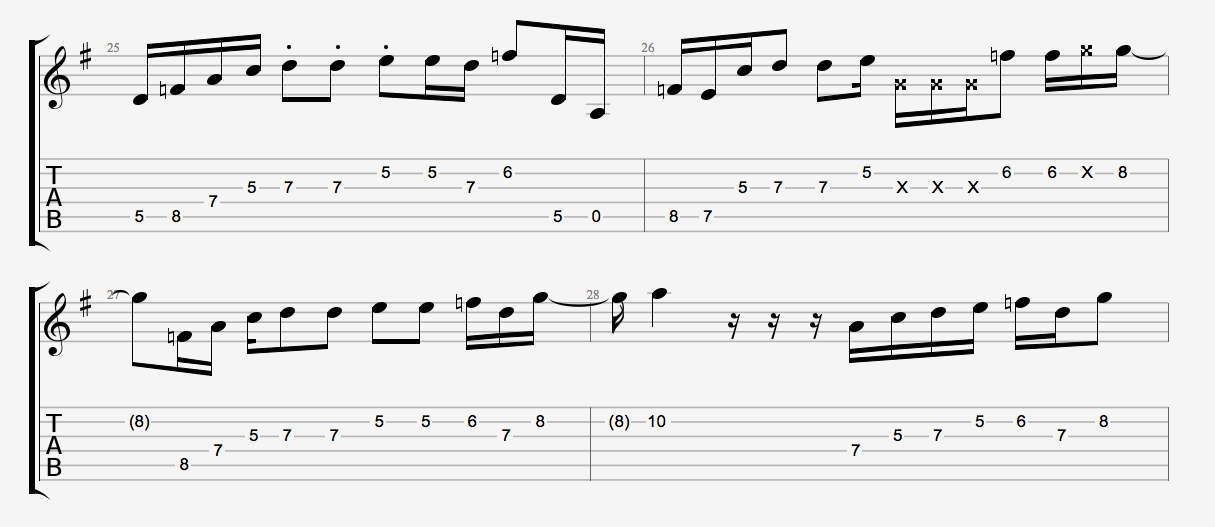
The Jam in Free consists of two parts, a open section where we are in D, and another section where the band alternates between D and Bb, while still improvising. The band snaps into this second section beautifully and uniformly at the At 8:12 mark. This was done completely by feel, and Trey even looks over and smiles at Mike to acknowledge how seamless the transition was.
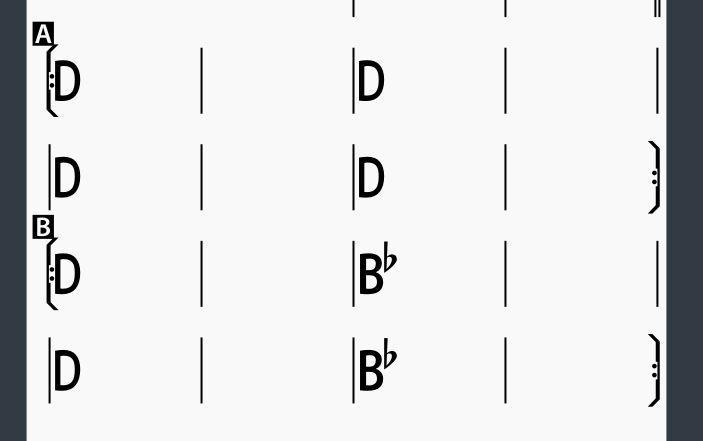
Now you may be thinking, “if they do this by feel, how often do they get this wrong?” In my opinion, the answer is: more than you think.
A little bit earlier, around the 4 minute mark we talked about how Fishman cleared the table, which allowed Anastasio to come in with his guitar solo. It turns out, that Page mistook this for a signal to go into the D and Bb part of the jam.
You can hear that he plays chord changes, and quickly changes course. He recovers so quickly, it’s almost like it never happened.
So, at this point, the jam is barreling towards the final section of the song, where the first verse is sung over new chords. What is the signal that Trey uses to tell the band that he wraps up his solo? Trey plays chords interspersed with single notes.
Phish was so proud of this jam, that back in 2004 when you visited their official website, this exactly clip would autoplay. My friends and I joked that we’d sit through it every time we visited the website, because it was too good to hit skip!
Gear Used for This Video
Video Recording:
Performance:
- Paul Reed Smith 2013 Hollowbody II in Livingston Lemondrop Finish
- Original 1966 Fender Deluxe Reverb Amplifier with
- Pickboy Pos-a-Grip Jazz Classic Tortoise Shell Cellulose 1.50mm Picks
- Planet Waves Custom Series Right Angle Guitar Cable
Audio Recording:
- MXL 990 Condenser Microphone with Shockmount (vocal capture)
- Sennheiser E609 Silver Super Cardioid Instrument Microphone (guitar capture)
- Audix CABGRAB1 CabGrabber Mic Clamp for Guitar Amps/Cabinets (holds Sennheiser e609 to guitar cabinet)
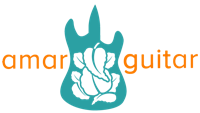
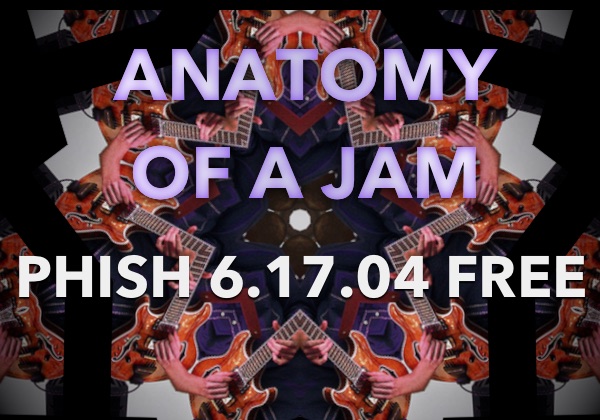












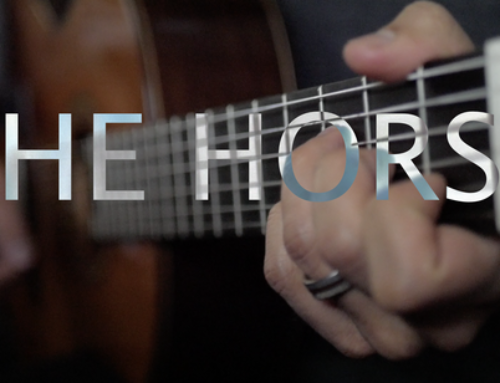

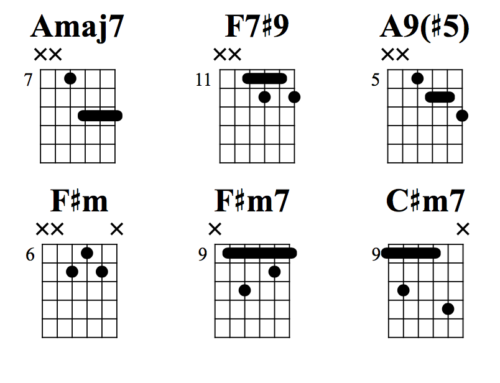
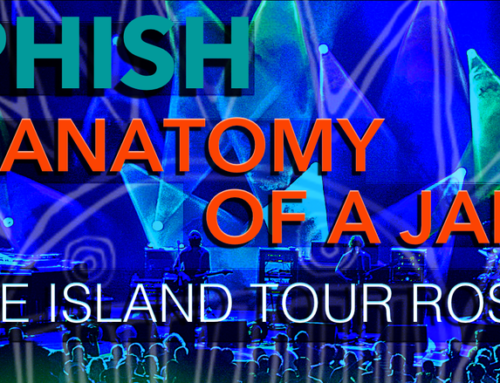
Leave A Comment